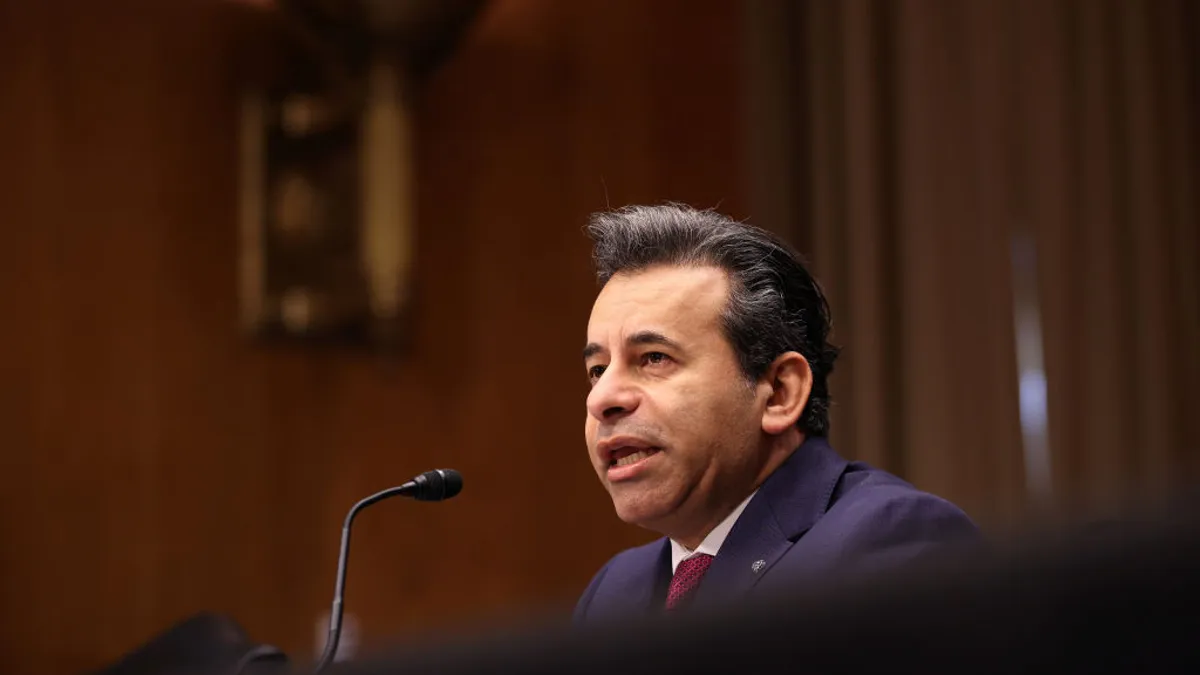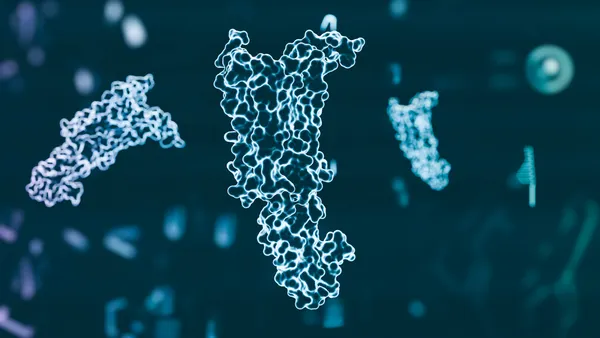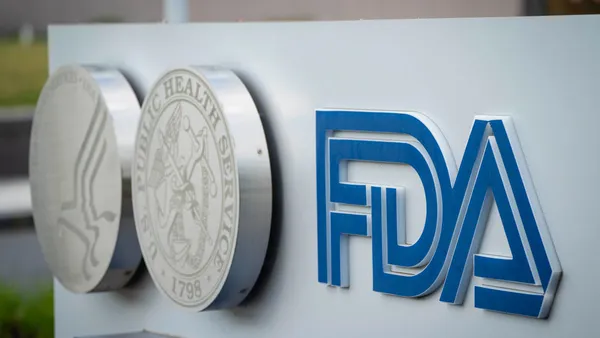Dive Brief:
- The Food and Drug Administration aims to phase out animal toxicology testing for experimental drugs, announcing Thursday a plan to reduce, revise or replace such requirements in favor of newer methods that are more “human relevant.”
- The agency’s plan outlines several steps by which it intends to move away from considering animal testing the default approach, including by encouraging drugmakers to adopt other methods, like “organ-on-a-chip” systems or computational modeling. The FDA will also lower its “routine” requirement for six months of toxicology testing in primates for monoclonal antibody drugs.
- The FDA will start by asking companies to submit data from these alternative approaches with Investigational New Drug applications, which are used to request permission to begin human testing. The agency also intends to consider pre-existing human toxicity data obtained in other countries, if it exists.
Dive Insight:
The FDA’s plan, which acts on changes to law made through the 2022 FDA Modernization Act 2.0, is the first major regulatory policy of Commissioner Martin Makary’s tenure.
“This initiative marks a paradigm shift in drug evaluation and holds promise to accelerate cures and meaningful treatments for Americans while reducing animal use,” said Makary, who was sworn in April 1. “By leveraging AI-based computational modeling, human organ model-based lab testing, and real-world human data, we can get safer treatments to patients faster and more reliably, while also reducing R&D costs and drug prices.”
The FDA’s statement framed the policy as part of the agency’s efforts to be a “global leader in modern regulatory science” and set new standards for the pharmaceutical and biotechnology industries.
The agency has been building toward this point for some time, pushed by the 2022 legislation as well as by recommendations from its science board last year. But implementation may now be more challenging as the FDA struggles through potentially crippling staff cuts ordered by Health and Human Services Secretary Robert F. Kennedy Jr.
The layoffs have been sweeping, affecting roughly 20% of the FDA’s workforce and effectively shuttering some offices within key agency divisions. Policy staff, who do the difficult work of assembling the guidance documents the FDA uses to establish new rules, were particularly hard hit, including at the Center for Drug Evaluation and Research, which oversees many of the agency’s drug reviews.
The Trump administration has also issued an executive order requiring agencies to eliminate 10 regulations for every new regulation they establish. Importantly, this order covers guidance documents, not just formal regulations.
This backdrop could complicate major new policy efforts like the planned change to animal testing requirements. For instance, the plan calls for the agency to develop new guidance, stand up new workshops, collect data and track outcomes — work policy teams within the agency would likely help carry out.
Still, even if early work is slow to get going, reduction in animal testing requirements could have significant impacts on the industry down the road. Animal studies are widely used as a preliminary gauge of the safety and efficacy of new medicines before testing in humans begin. However, these studies are costly and, because biological systems in animals often differ substantially from humans, don’t always provide an accurate assessment of a drug’s true safety and efficacy.
Using more relevant in vitro systems, provided their utility is sufficiently validated, could help drugmakers move more quickly at lower cost.
Initially, the FDA will ask drugmakers to submit data obtained via these newer methods alongside traditional animal data, building up a “repository of experience” for how they align. The agency will pilot non-animal-based testing with select monoclonal antibody developers and host a public workshop this year to collect input on its plans.
Over time, the FDA expects to make broader policy changes across other kinds of drugs. Ultimately, it aims to “make animal studies the exception rather than the norm” for preclinical toxicology testing.















